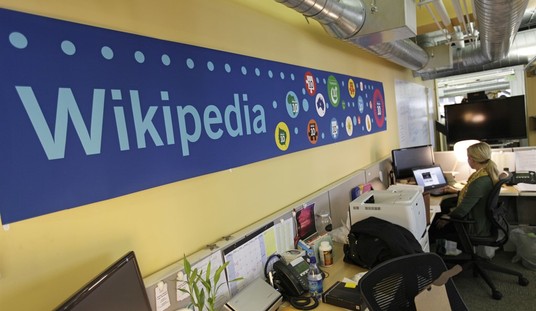You’ll remember that the U.S. Congress, in all its reconciliated wisdom, passed Obamacare with language in it that indicates only exchanges built by states are eligible for subsidies. It was meant to incentivize states to build their own Obamacare exchanges because the federal government had neither the time nor competence to complete 50 exchanges in time to launch.
As it turns out, almost no one wanted the job of building exchanges on the very short timeline the administration had given them, leaving the federal government with many exchanges to build on the timeline it had made devastatingly short for itself to shield it from the political unpopularity of Obamacare in an election year. Oops.
Even in states most dedicated to building their own exchanges from Day One— Maryland and Oregon, for example—the product they created was expensive and dysfunctional to the point of uselessness. Since launch, Maryland and Oregon have enrolled precious few Americans in Obamacare (I believe Oregon maintains the record with a giant goose-egg), and have had to jettison their multi-million-dollar disasters and ask the federal government to take over.
Those expensive failures of these states’ citizens may now signify another failure if the Supreme Court rules the law says what it says, and subsidies are indeed not to be distributed through a federal exchange. In failing to keep a state exchange at the very least limping along, states like Maryland and Oregon will have removed themselves from the subsidy pool. (There will likely be some kind of legislation to work around this and support those who will be counting on subsidies, but it remains to be seen what form it will take.) Meanwhile, limping exchanges in other states are dealing with, surprise, “unexpectedly” high costs for running, repairing, and recruiting to the exchanges. But they’re loathe to hand them over to the federal government for the reason mentioned above, as the Washington Post reports:
Nearly half of the 17 insurance marketplaces set up by the states and the District under President Obama’s health law are struggling financially, presenting state officials with an unexpected and serious challenge five years after the passage of the landmark Affordable Care Act.
Many of the online exchanges are wrestling with surging costs, especially for balky technology and expensive customer-call centers — and tepid enrollment numbers. To ease the fiscal distress, officials are considering raising fees on insurers, sharing costs with other states and pressing state lawmakers for cash infusions. Some are weighing turning over part or all of their troubled marketplaces to the federal exchange, HealthCare.gov, which is now working smoothly.
The latest challenges come at a critical time. With two enrollment periods completed, the law has sharply reduced the number of uninsured and is starting to force change in the nation’s sprawling health-care system. But the law remains highly controversial and faces another threat: The Supreme Court will decide by the end of June whether consumers in the 34 states using the federal exchange will be barred from receiving subsidies to buy insurance.
And, who can say how much a subsidy is anyway? Not the federal government, which is in charge of deciding what they should be. Certainly not. Nope, that’s on you, and if you miscalculate in your attempt to tell the future, you’ll pay for it on your taxes the following year:
The majority of H&R Block clients who received federal help to pay for their health insurance in 2014 got an unwelcome surprise when it came to their refund.
Sixty-one percent of those filers saw their refunds reduced by an average of $729 — or a third of the group’s overall average of $2,195, the consumer tax services provider said Monday.
The reason for the decline: they’d underestimated what their 2014 household income would be when they signed up for insurance on a health exchange back in 2013.
The lower your income, the higher your federal subsidy. Anyone earning up to 400% of the poverty line is eligible for a subsidy. That means any individual earning up to $45,960 (or $94,200 for a family of four).
If you received a subsidy based on an estimated income that turned out to be lower than your actual income, you must repay a portion of the subsidy.
Another 25 percent saw an increase and 13 percent saw no change, according to H&R Block. But 61 percent had refunds reduced by an average of $729. An average, which means of course many of them gave up more than that! Compare that to $172 average penalty fee for not having health insurance, by the way. Which door would you choose? This not chump change, and must be jarring to those who experienced it.
So roughly 5.5 million ObamaCare enrollees had to return, on average, almost a quarter of their premium subsidies. Given that these subsidies are available only to families with modest incomes, that’s got to hurt.
Our great national success continues to lumber along.








Join the conversation as a VIP Member